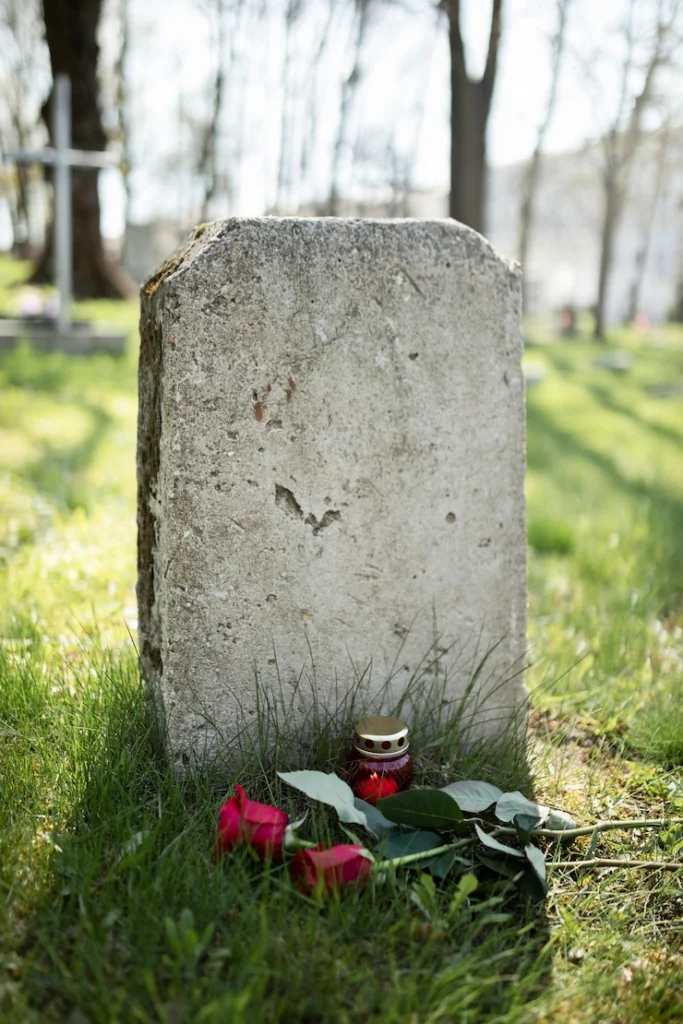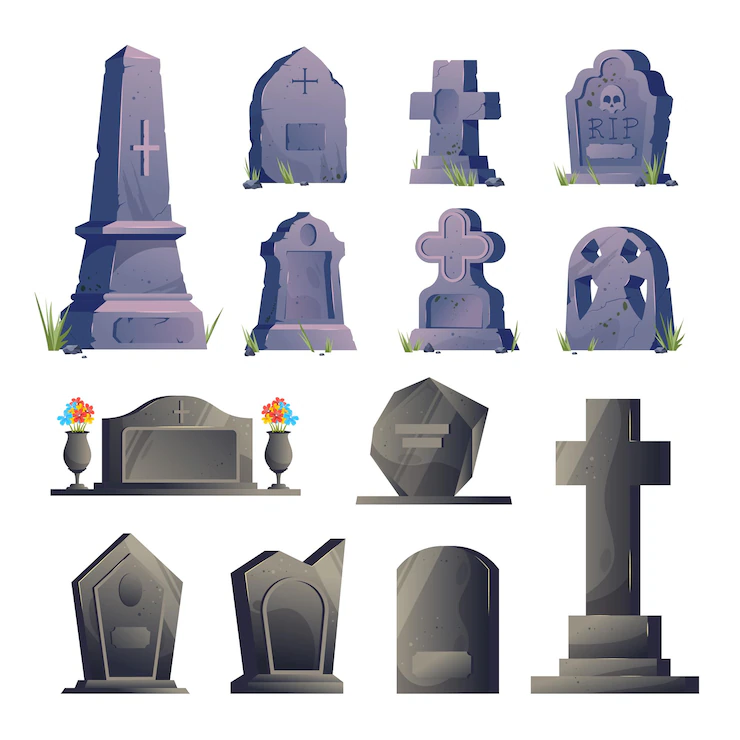
Cemetery Symbolism: What Common Grave Symbols Mean:-
Cemeteries hold more than fair remains they are filled with stories, recollections, and profound imagery. In case you’ve ever meandered through a serene burial ground recorded Grave listings, you might have taken note of distinctive images carved into headstones. These markings aren’t fair decoration they’re messages from the past, often revealing the meaning behind common grave symbols.
In this article, we investigate the meaning behind common grave images and how understanding them can develop your appreciation of our shared history.

The Dialect of Images in Cemeteries:-
For centuries, individuals have utilized grave images to specific adore, melancholy, trust, and confidence. Each plan carved into a tombstone carries passionate and otherworldly meaning.
As you browse Grave listings, you’ll see how these images shift over societies and religions. Let’s take a closer look at a few of the foremost common and capable images found in cemeteries and understand the meanings behind these common grave symbols.
1. Blessed messengers: Messengers of Peace:-
Blessed messengers are one of the foremost regularly utilized images in cemeteries. Speaking to security and otherworldly direction, blessed messengers are accepted to watch the soul on its travel to the great beyond.
- Angel Pointing Upward:This angel shows the hope of heaven.
- Weeping Angel: This angel expresses sorrow and mourning.
- Angel Holding a Trumpet: This angel represents resurrection, which is a common theme in grave symbols.
2. Crosses: Confidence and Endlessness:-
Cross could be an all-inclusive image of Christianity and unceasing life. It’s frequently seen in numerous styles such as the
- Latin Cross: represents the crucifixion and sacrifice
- Celtic Cross: symbolizes eternity with its circular ring.
- Greek Cross: balance and faith
3. Blooms: Life, Cherish, and Delicacy:-
Blooms are an ageless image of life and magnificence, often indicating how brief and fragile life can be.
- Rose: love and purity
- Lily: innocence, especially in the grave of a child
- Poppy: eternal sleep and remembrance, demonstrating a common grave symbol’s meaning.
4. Wraps and Urns: Grieving and Memory:-
Victorian graves often have hung urns, which represent grief and the soul’s release from the body. The urn stands for the body, while the wrap shows sadness and farewell.
5. Sheep: Guiltlessness and Childhood:-
You’ll frequently discover sheep on graves recorded on Grave listings that have a place for children. Sheep speak to guiltlessness, peace, and the defensive hand of better control over youthful lives misplaced as well before long. These are evident in the common grave symbols for young children.

6. Clasped Hands: Solidarity and Goodbye:-
This image reflects unceasing love, often seen on the graves of hitched couples. One hand may speak to the perished, the other the loved one cleared out behind signifying a farewell or a trust to rejoin within the the great beyond.
Finding Images Through Grave listings:-
As you explore grave listings, you’ll discover that the images from cemeteries provide valuable insights into the beliefs, relationships, and cultural customs of those laid to rest. Each grave can serve as a gateway to a unique narrative, concealed within the stone and the passage of time, revealing the meaning behind common grave symbols.
Conclusion:-
Cemetery imagery plays a crucial role in shaping our connection to the past. These visual elements serve not merely as embellishments; rather, they function as a serene and powerful language of memory, love, and hope.
When you visit a cemetery or explore Grave listings, take a moment to observe the inscriptions and symbols on the gravestones. These details can often tell a story worth remembering, revealing the lives and experiences of those laid to rest and the meanings behind their common grave symbols.

